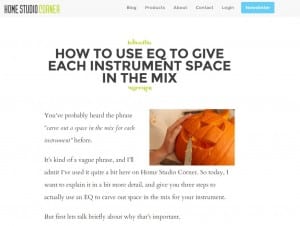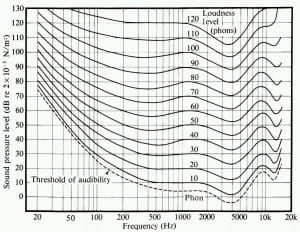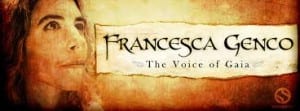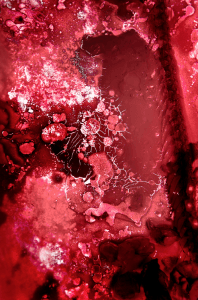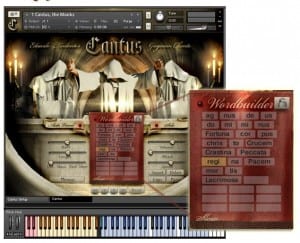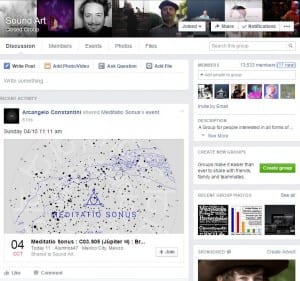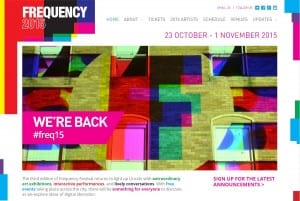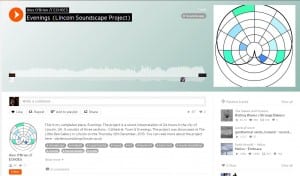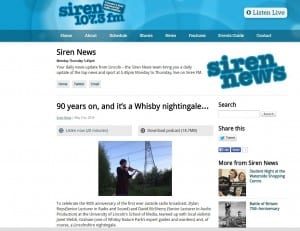Steve has emailed with with a few point of clarification. I don’t think that my analysis was wrong but perhaps lacked subtlety in some areas. We will come onto the “castration debate in a moment but first Steve points out that..
Fletcher-Munson is generally something that is applied (or not that mix engineers are aware of) to the final mix output.
In other words it’s not something which is done on each track but right at the end after rendering.
Munson also see ms to have worked with Fletcher who is missed off my previous post. If you are a Fletcher fan you can download a 1960’s video of him talking about his work.
ms to have worked with Fletcher who is missed off my previous post. If you are a Fletcher fan you can download a 1960’s video of him talking about his work.
This may provide some further clarity on the implications of that work..
Steve offers this defence of my criticism. If you remember I accused him, and just about every other professional sound mixer, of “acoustic vandalism”. I said that by removing certain frequencies you are “castrating the audio”.
Speaking of the cutting (or castrating!) of certain frequencies is something that is done to the individual instruments or sounds within a mix if ‘balance’ and transparency is to be achieved in the mix (i.e. when all the instruments are brought together).
OK in part this was like prodding him with a stick! It was bound to get a reaction but I want you to think about whether I am right. I want you to think whether in art the concept of “rightness” is even relevant. The artist makes editorial decisions as a political statement by which they hope to prompt debate.
My previous point is in line with Steve’s view below. The notion of right and wrong is generally irrelevant as such value statements are a matter of personal preference or perhaps personal preference fueled by cultural context.
With electronic music this ‘sculpting’ of the sound (usually by cutting away rather than boosting frequencies, but not always) is purely down to the aesthetic requirements of the piece. There is no right or wrong, since the sounds are created from scratch anyway. However, the artist, mix-engineer, producer, may decide to adjust certain frequencies by convention, to allow more transparency and allow each sound instrument to have its own slot or ‘platform’.
Steve provides this useful link which does explain the concept well ..
Steve further points out that..
If such EQ work is not done the sounds will overlap to a greater extent and more interplay, masking or ‘wall of sound’ will be created. This, in certain circumstances can be a good thing! Other times it just sounds cluttered and nothing can be heard ‘clearly’. This may or may not be desirable.
In a traditional band setting it is usual that each instrument will have its place in the mix. To ensure this certain frequencies are trimmed allowing each element to have its own spot without encroaching on other instruments. This is sometimes called ‘banding’. It achieves a clear, transparent and punchy mix.
In an orchestral setting this is not generally required, as those clever ancestors invented instruments that generally overlapped only slightly and each instrument had its own place in the ‘mix’ coming out into the concert hall. To help with this the ‘layout’ of the instruments on the stage helped enhance this separation.
